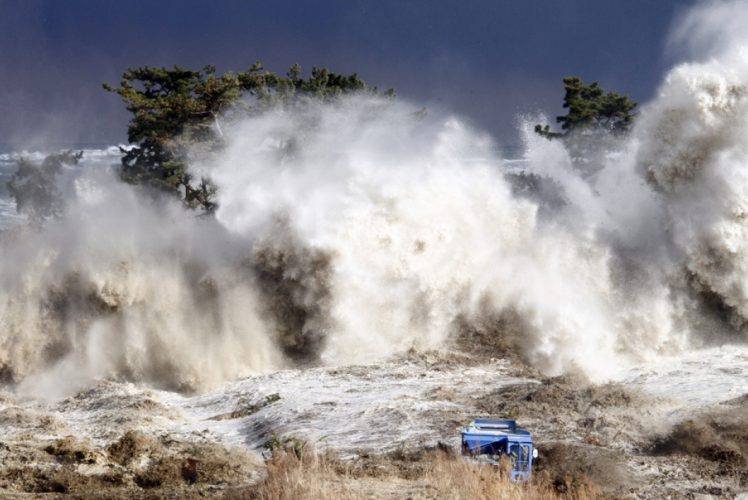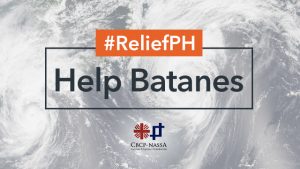
Experts from the Japan International Cooperation Agency (JICA) assigned to the National Disaster Management Agency (BNPB) Naoto Tada said the danger of disasters would not be avoided while living in disaster-prone areas.
“After the Tohoku earthquake and tsunami in 2011, we realized the tsunami had exceeded many estimates, and there was no upper limit in the disaster,” Naoto said at a press conference at Graha BNPB, as reported by Antara on Wednesday (7/31/2019).
Therefore, to deal with disasters, the Japanese government identified the most disasters in each region even though it would not be perfect to avoid casualties and huge economic losses.
Based on the Tohoku earthquake and tsunami experience, the Japanese Cabinet Office then conducted a tsunami simulation study caused by the Nankai Trench in March 2012.
“Based on the simulation, in accordance with the 2011 tsunami which reached a height of 34 meters, the estimated death could reach 320 thousand people or 17 times the 2011 incident,” he said.
Therefore, supported by news in the mass media, the central and regional governments in Japan then undertook mitigation efforts against the earthquake and tsunami, such as making earthquake-resistant buildings, spatial planning, education, and disaster preparedness training.
“The government is also campaigning for three principles, which are not to give up, start evacuating after a shock, and evacuate more quickly to a safe place,” he explained.
Based on the principle of not giving up, the Japanese government conducts disaster education to residents and students as a whole. It relocates vital buildings and rescue centers to areas that are not expected to be reached by the tsunami.
The Kuroshio City Government, which, based on simulations with the highest tsunami potential, also built evacuation towers with a height of 22 meters, each of which could accommodate 230 people.
“The government also provides subsidies to strengthen buildings to be earthquake resistant and hold seminars for residents and builders,” he said.
No less critical, Japanese people also build disaster mitigation efforts at the smallest level, namely the community to the family by making cards containing important notes and conducting evacuation drills regularly.




